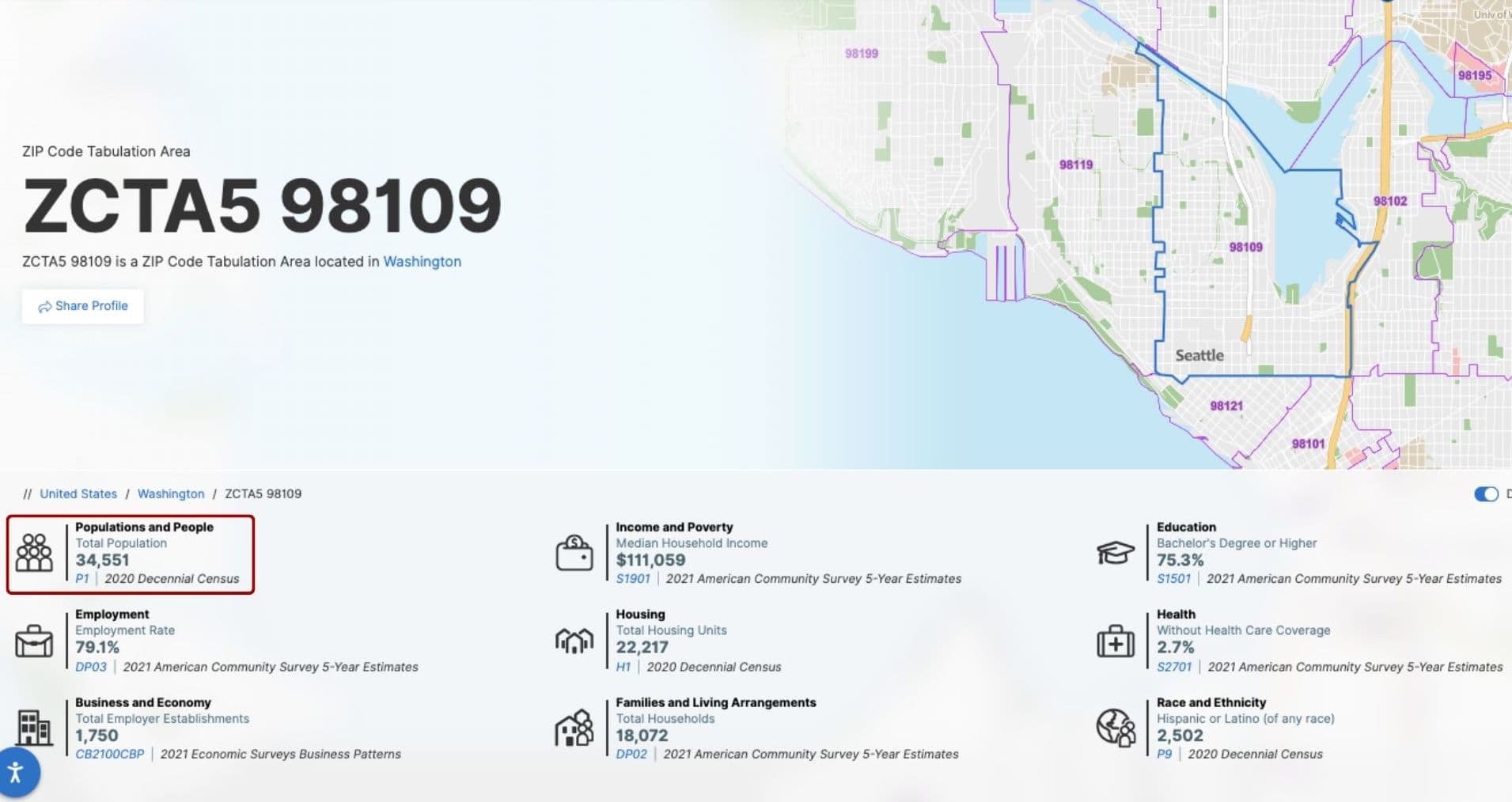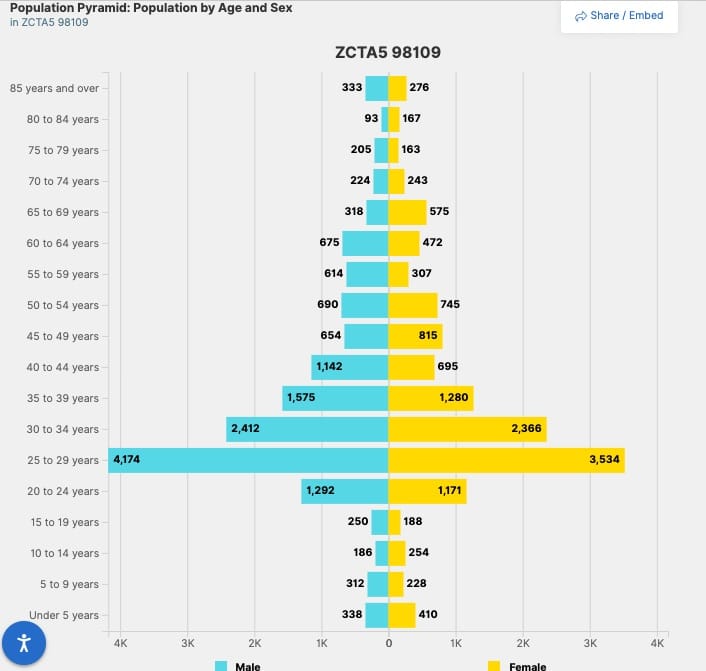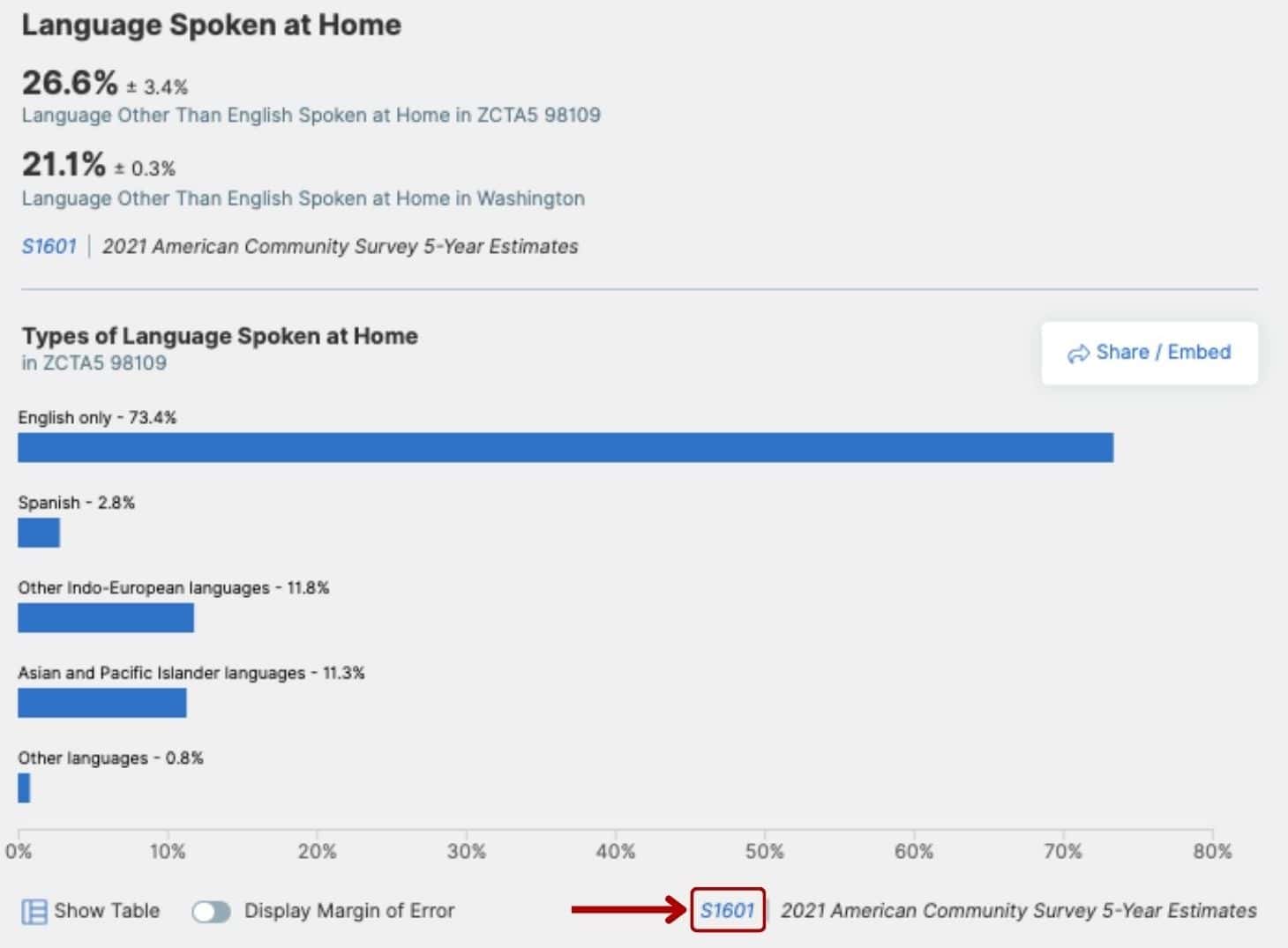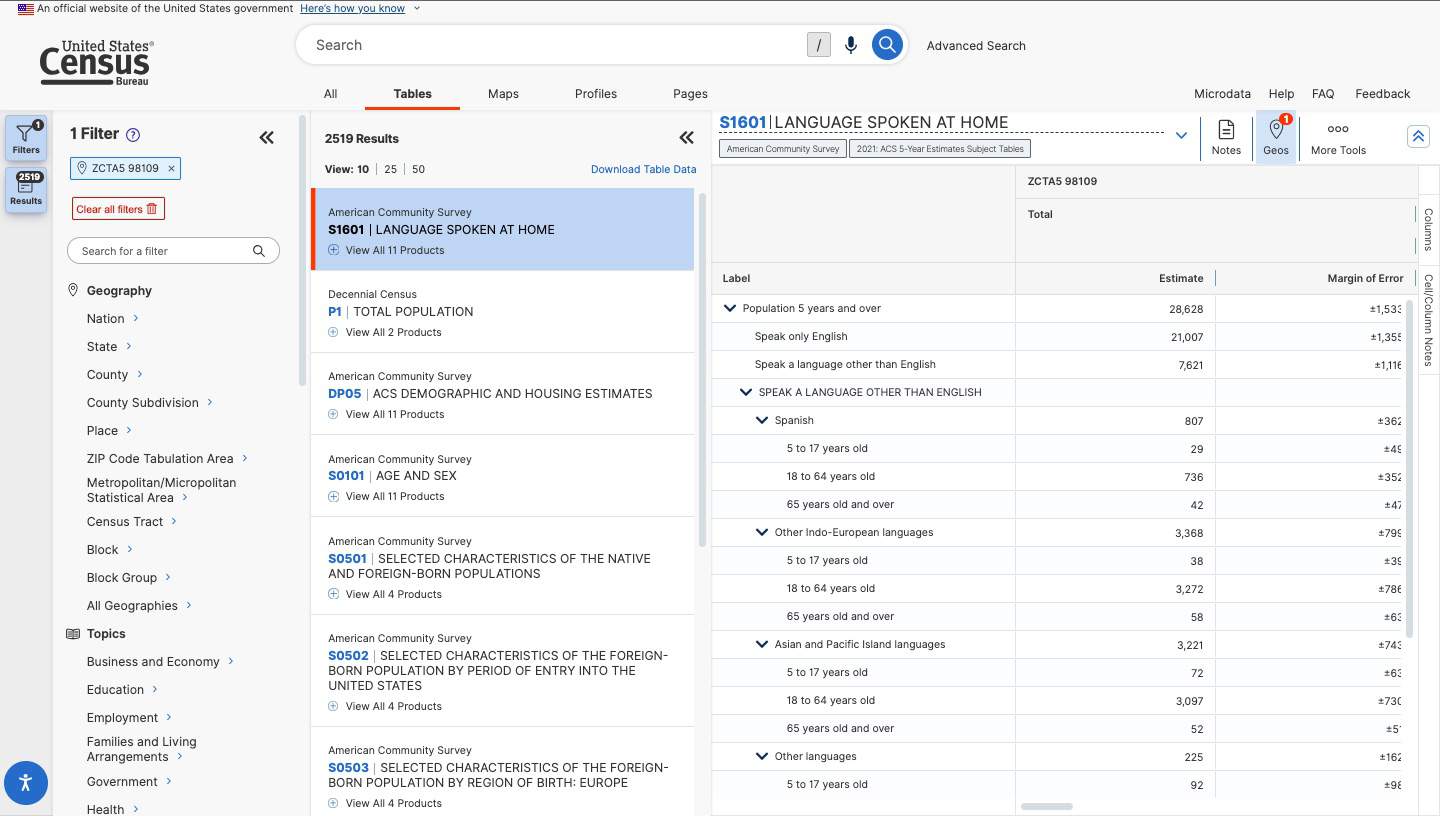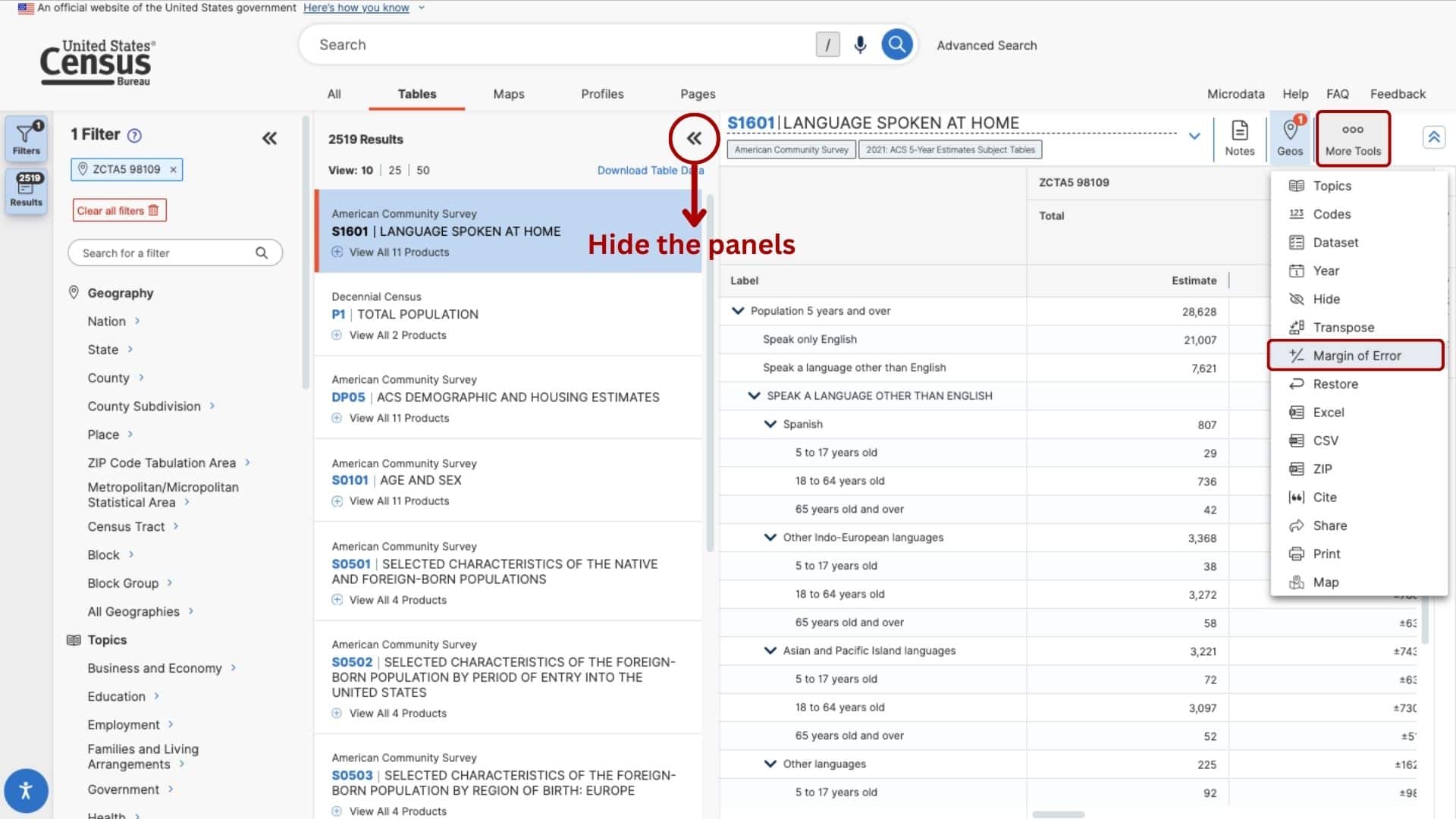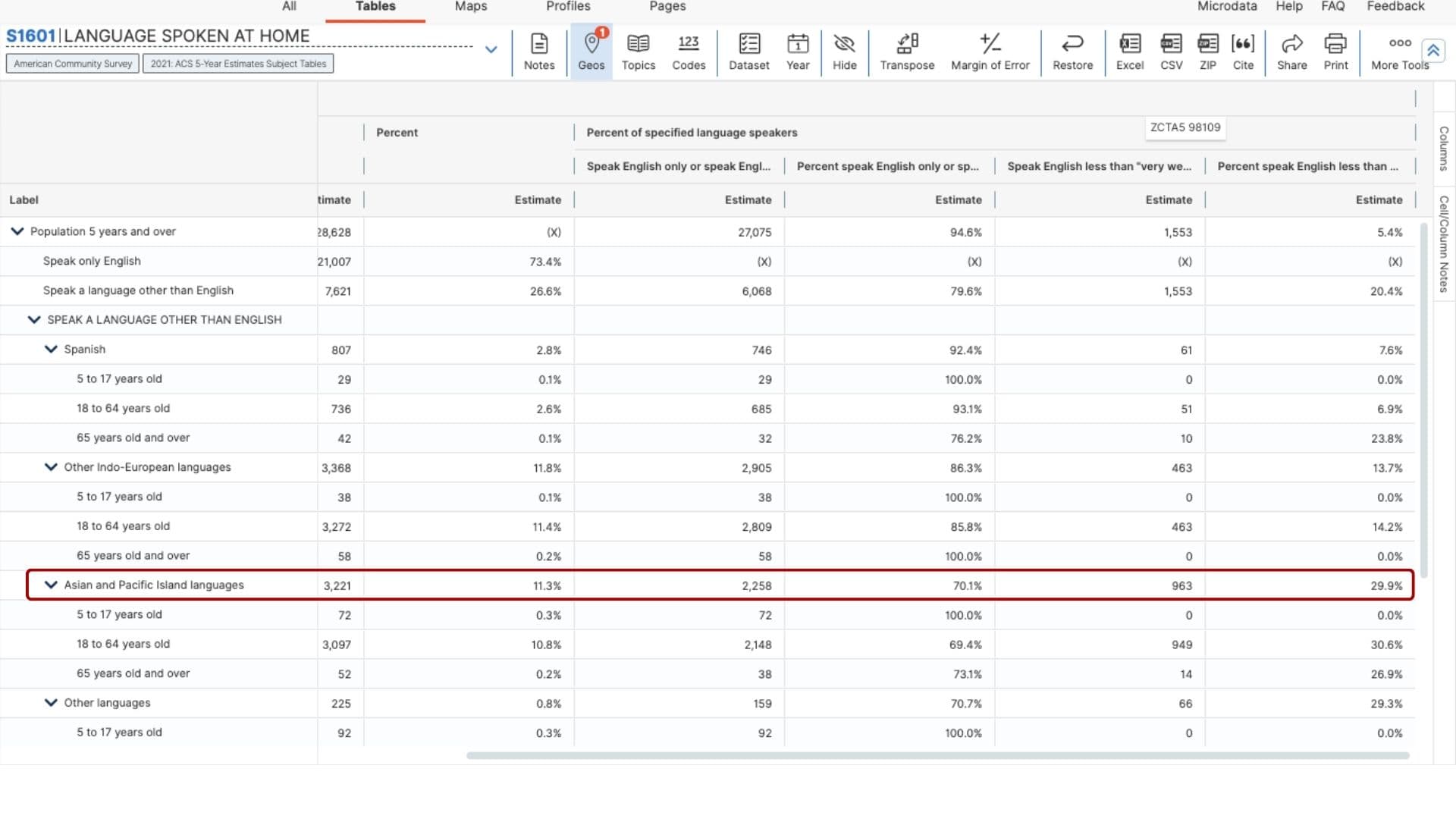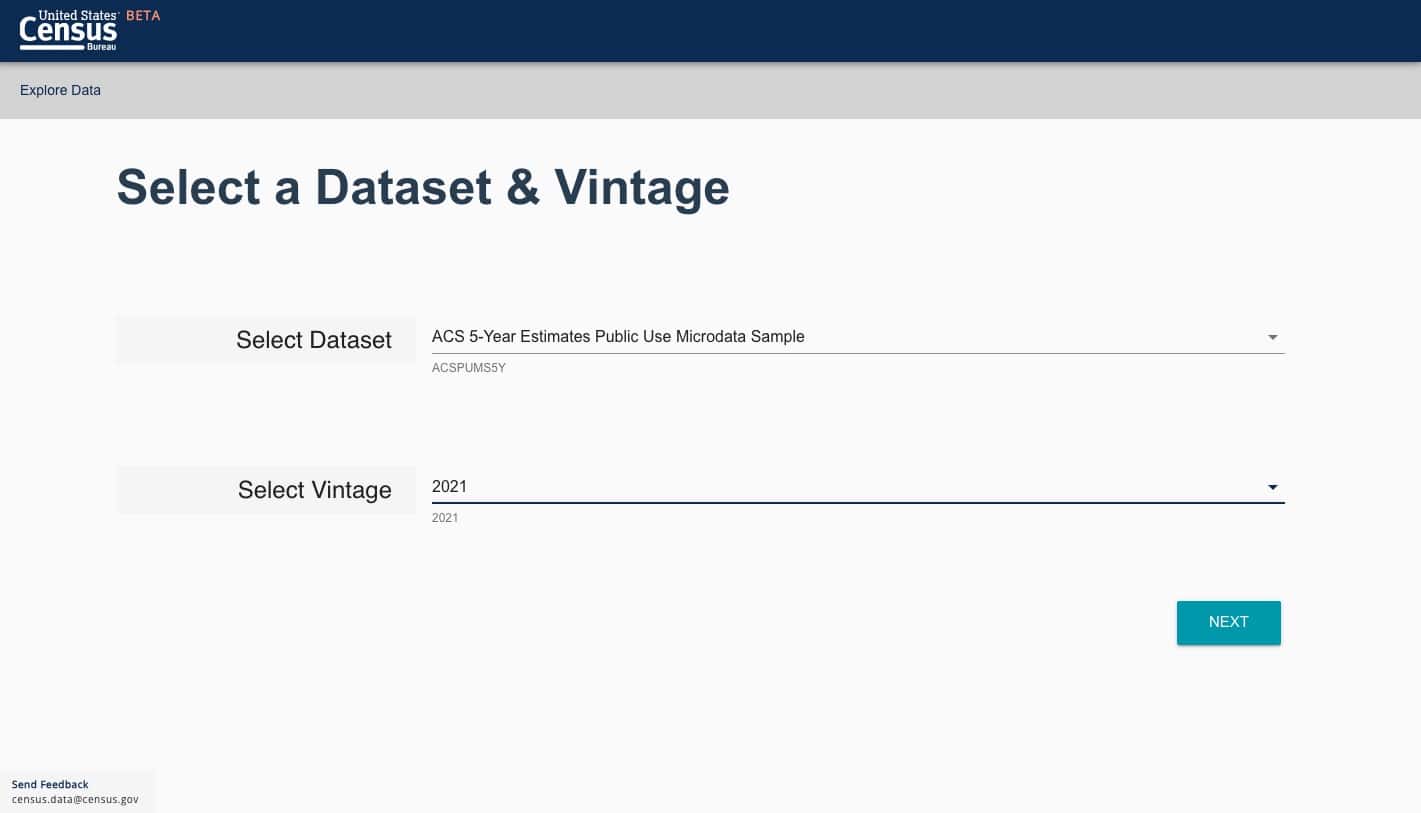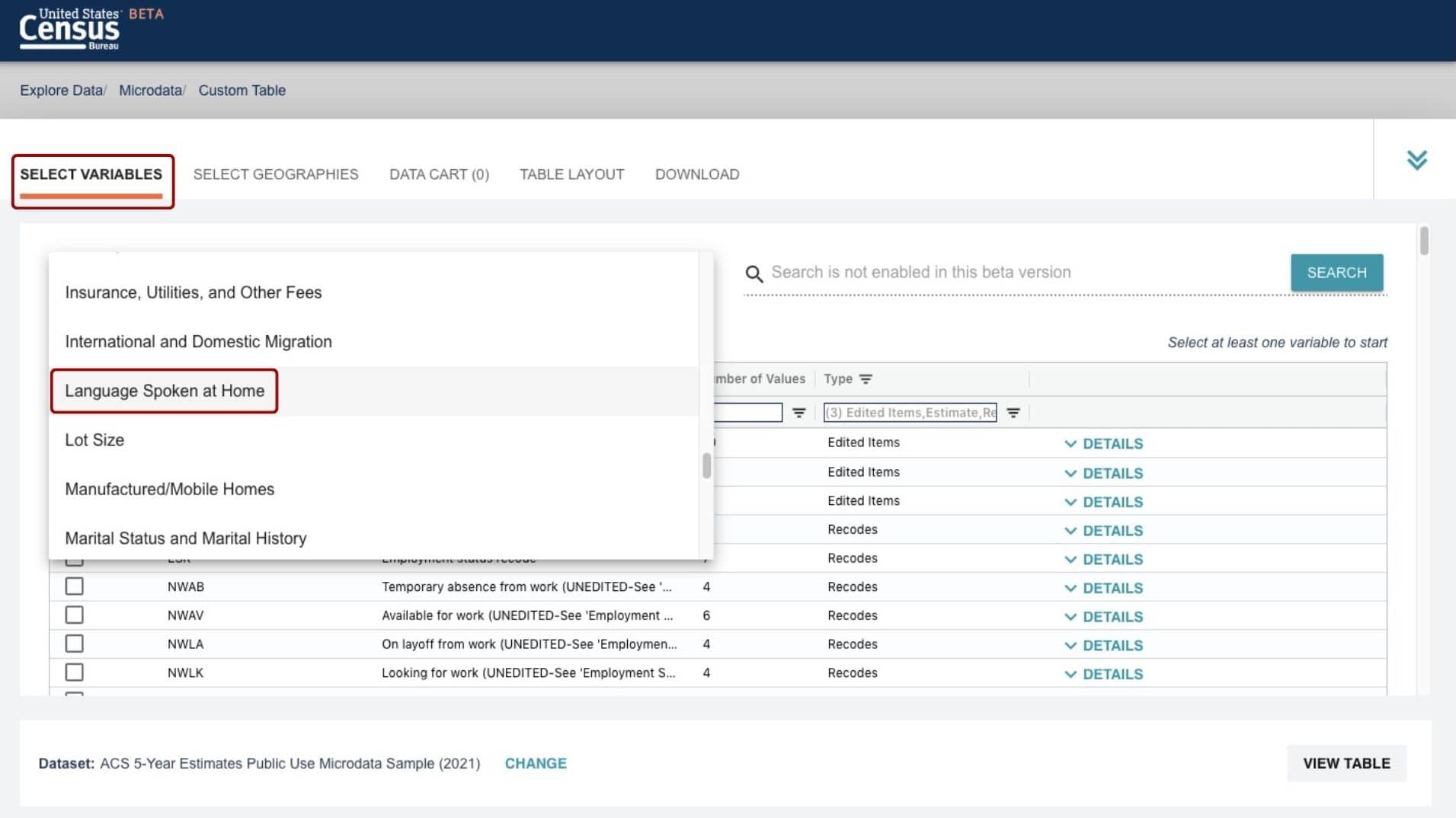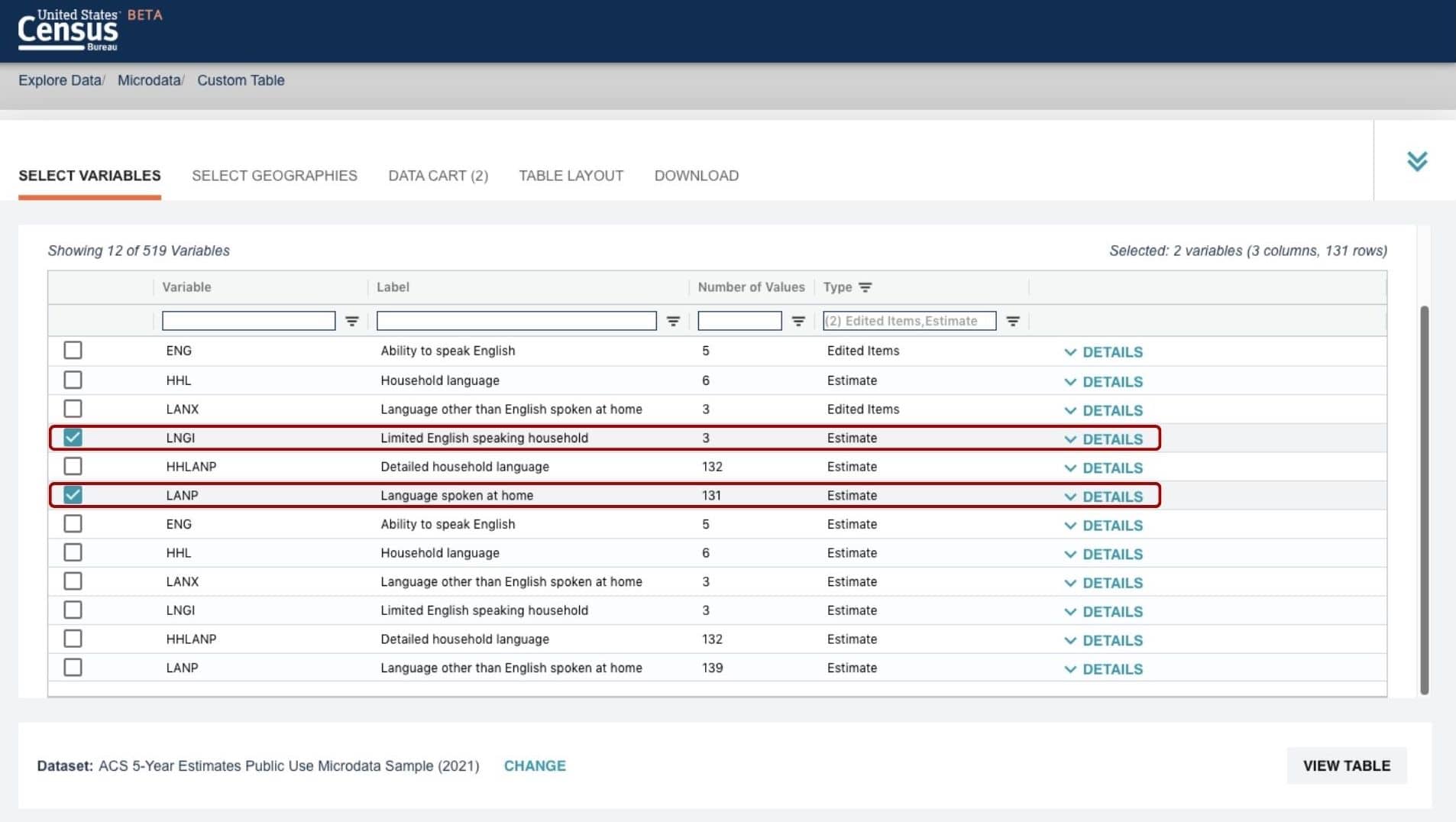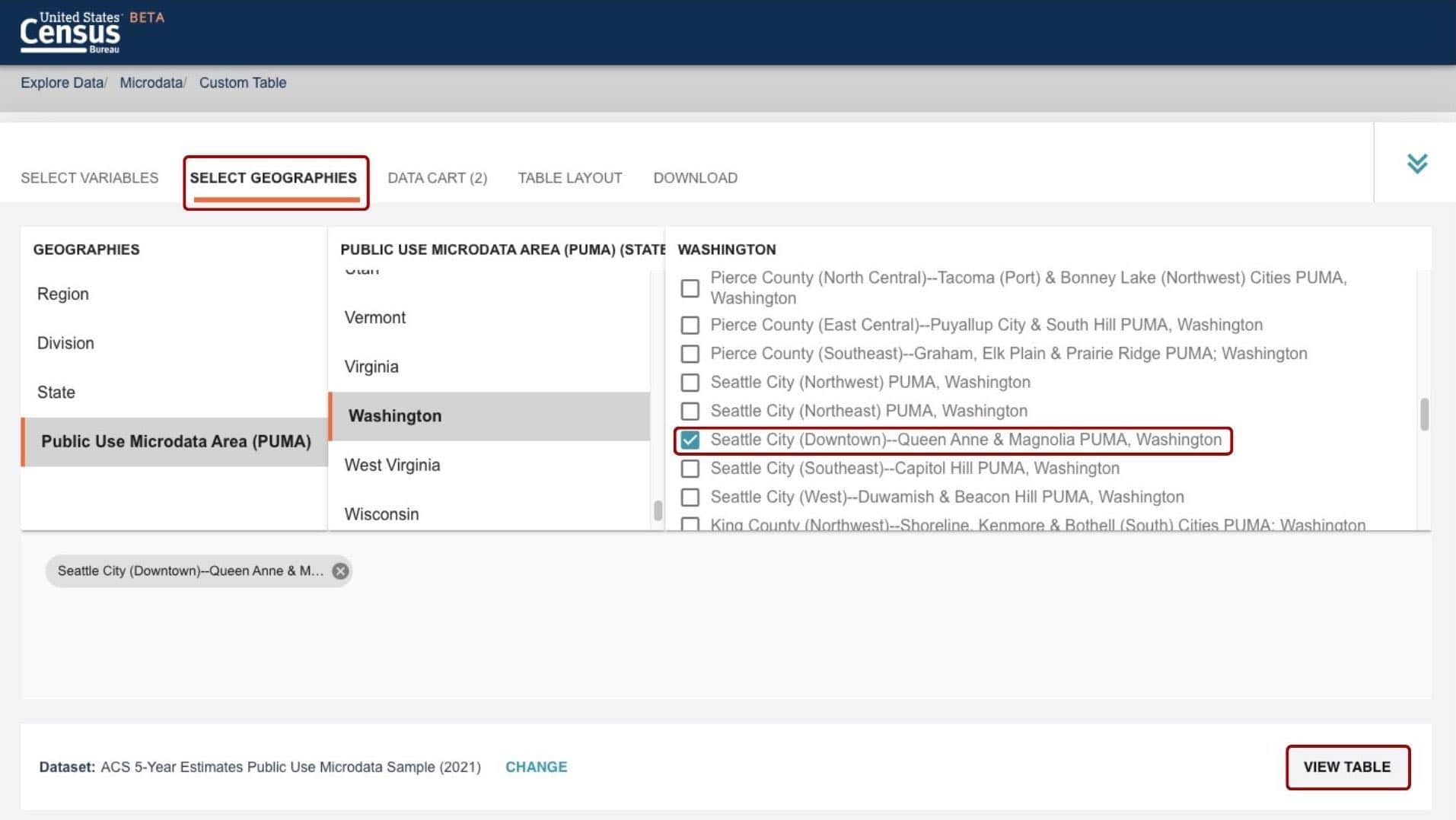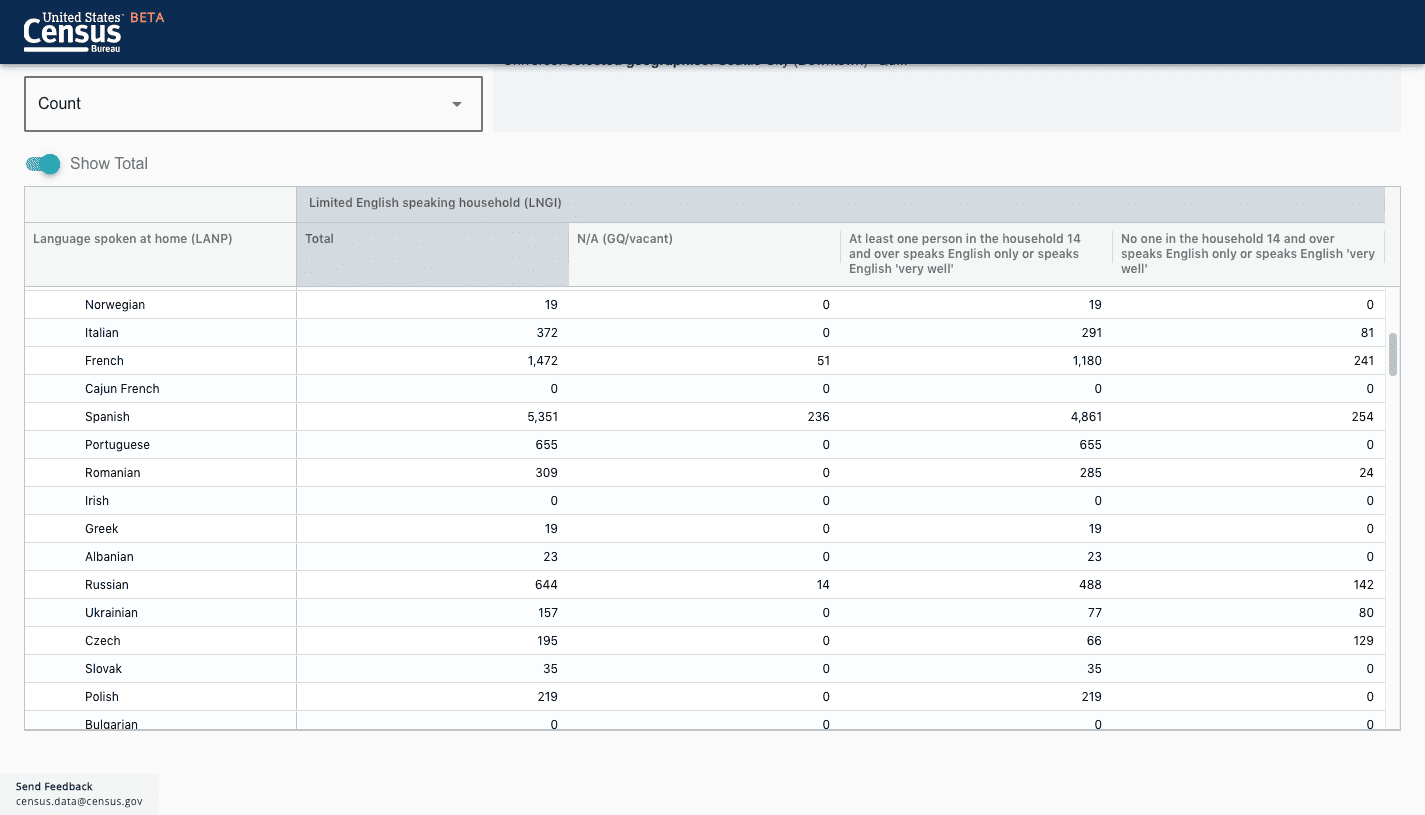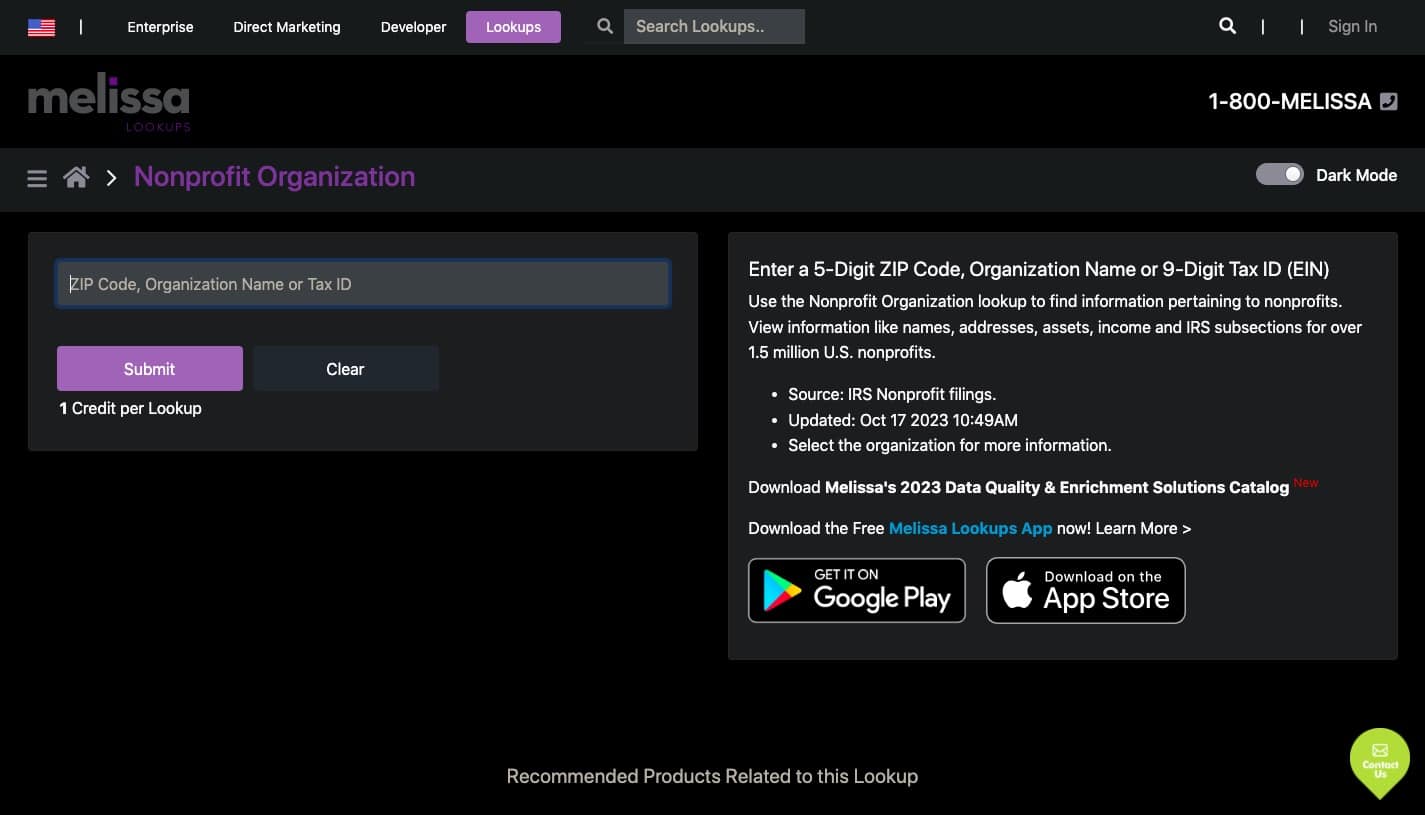Do you know who lives in your neighborhood?
It’s easy to follow your routine and see the same people without really knowing the diverse people who call your city home. But what if we took the time to reach out to our neighbors and learn about their lives and experiences?
Knowing your neighborhood diversity can transform your church community. By understanding the demographics of your neighborhood, you can create a more inclusive and welcoming environment that reflects the diversity of the people around you. One way to do that is by identifying the language groups in your neighborhood and assessing their translation needs.
The Bible teaches us that loving our neighbors is central to our faith. In Matthew 22:37-39, Jesus states, “You shall love your neighbor as yourself.” The parable of the Good Samaritan, found in Luke 10:29-37, further emphasizes that our neighbors include everyone around us, regardless of their backgrounds or beliefs. By reaching out to our neighbors, we can not only build stronger communities but also embody the teachings of our faith.
Follow the step-by-step guide on how to use data.census.gov and the Microdata Access Tool to discover the translation needs of your community. You can also watch the training video on how to use data.census.gov here.
Note: This article focuses on the US Census. Information on other areas may be available through regional government websites.
How to Discover Who is in Your Neighborhood
Data.census.gov includes demographic data such as age, sex, race, and marital status. Here’s how to use it:
1. Go to https://data.census.gov.
2. Type the single geography or area you want to find in the single search bar.

If you want to search for people who live around your church, you can type in your church’s address (city, state, and zip code) and click the spyglass to search. As an example, we will use Union Church in Seattle.
3. Click the Filters panel on the left-hand side to ensure the selected fields match your search.
On the right-hand side, you can see the high-level statistics of Seattle, including its total population of 737,015 according to the 2020 Decennial Census.
- Click the Profiles tab and select the ZCTA5 98109 profile.
5. The profile will show the high-level statistics of the area from Populations and People, Education, Income and Poverty, etc. For example, under Populations and People, it shows that this area has a population of 34,551 people.
When you click the Populations and People tab, you can see various data on median age, sex, ancestry, and so on.
You can see in the chart above that the 25 to 29-year age group has the highest population for both males and females in the area.
6. Click the Race and Ethnicity tab.
It shows that Asians are the racial group with the second-highest population of 9,420 people.
7. Go back to the Populations and People tab and scroll down to the Language Spoken at Home section to see which languages are spoken in your area.
The data show that aside from English, other Indo-European languages (11.8%) and Asian and Pacific Islander languages (11.3%) are more commonly spoken in this area.
To see more details, you can click the S1601 link next to the “2021 American Community Survey 5-Year Estimates.”
It will automatically show you more details about the data, including the age groups within each language group.
- The table also shows the estimated number and percentages of people who Speak English only or speak English “very well” and Speak English less than “very well.”
This data will help you identify which language groups have greater translation needs. Certain language groups have higher English literacy rates, so their need for English translation is less than other groups.
Optional: You can hide the Margin of Error columns by clicking the More Tools button and selecting Margin of Error to see a clearer view. You can also collapse the Filters and Results panels on the left-hand side.
The data reveal that the Asian and Pacific Island language group has a higher percentage of people who aren’t fluent in English than other language groups, indicating that people in this group will have a greater need for translation.
Note: Data.census.gov only provides data of detailed languages for larger geographical areas (nation, state, etc.). Alternatively, you can use the Census Bureau’s Microdata Access Tool (MDAT) to access data for specific languages (MDAT doesn’t have the data for smaller geographies like zip code areas).
How to Use Microdata Access Tool (MDAT)
1. Go to https://data.census.gov/mdat.
2. Select ‘ACS 5-Year Estimates Public Use Microdata Sample’ and ‘2021’ from the Select Dataset and Select Vintage dropdown menus. Then, click Next.
3. Click the Select Variables tab and select the Language Spoken at Home variable in the filter by Topic dropdown menu.
4. Mark the Limited English-speaking household and Language spoken at home checkboxes.
5. Click the Select Geographies tab. Select Public Use Microdata Area (PUMA) under Geographies and click Washington. Then, select Seattle City (Downtown)–Queen Anne & Magnolia PUMA, Washington. *Use the same area example as before.
Then, click View Table.
Note: The PUMA level is not available for specific zip code areas.
6. You can scroll down and see that the top 5 languages spoken in limited English-speaking households listed in the table are Spanish, Hindi, Chinese, Mandarin, and Korean.
- Compare the data with the results from data.census.gov (step 8).
From these examples, we see that in addition to Spanish, the Asian language group ranks high in both results. This means translation efforts focused on Spanish and Asian language groups can greatly impact this community.
You can access the materials on how to use the MDAT here.
8. How do you connect with people who speak these languages? One way is to find related non-profits in your area with a tool called Melissa.com. After entering your zip code, you can find a list of non-profits and find the ones that are related to the ethnic or language group you want to connect with.
Next Steps
These tools are only one of the ways to identify who is in your community and the neighborhood diversity, but they are a great way to start. Embracing ethnic and linguistic diversity in your church is an opportunity to enrich your community with a multitude of perspectives and experiences. It’s also an opportunity to fulfill your church’s mission of building God’s Kingdom and spreading His gospel to all people.
Here are additional questions you can think through:
1. In my daily routines, do I interact and have a relationship with people who speak these languages? If not, who do I interact with?
2. Who in my existing social circle is a part of or has a connection with these language groups?
3. What organizations work with these groups? Where do these language groups meet, relax, eat, and live?
4. How might I develop relationships within these communities?
If you wish to build deeper connections with these diverse groups, another practical exercise is to identify the upcoming cultural holidays and look for public events celebrating the occasion.
Local government or community websites like Nextdoor or Meetup are a starting place to search for these events. (Tip: search for language learning groups too!)
Some events may not have an online presence, so it’s a good idea to also search through other places like local newspapers and bulletin boards. And of course, the next time a friend invites you to a cultural event, make it a priority to go!
There are a myriad of opportunities to get connected to and build connections with people different from you. Hopefully, these ideas and tools help you get started on the journey.
Would you like to learn more about how to invite people to your community?
Schedule a call with us.




